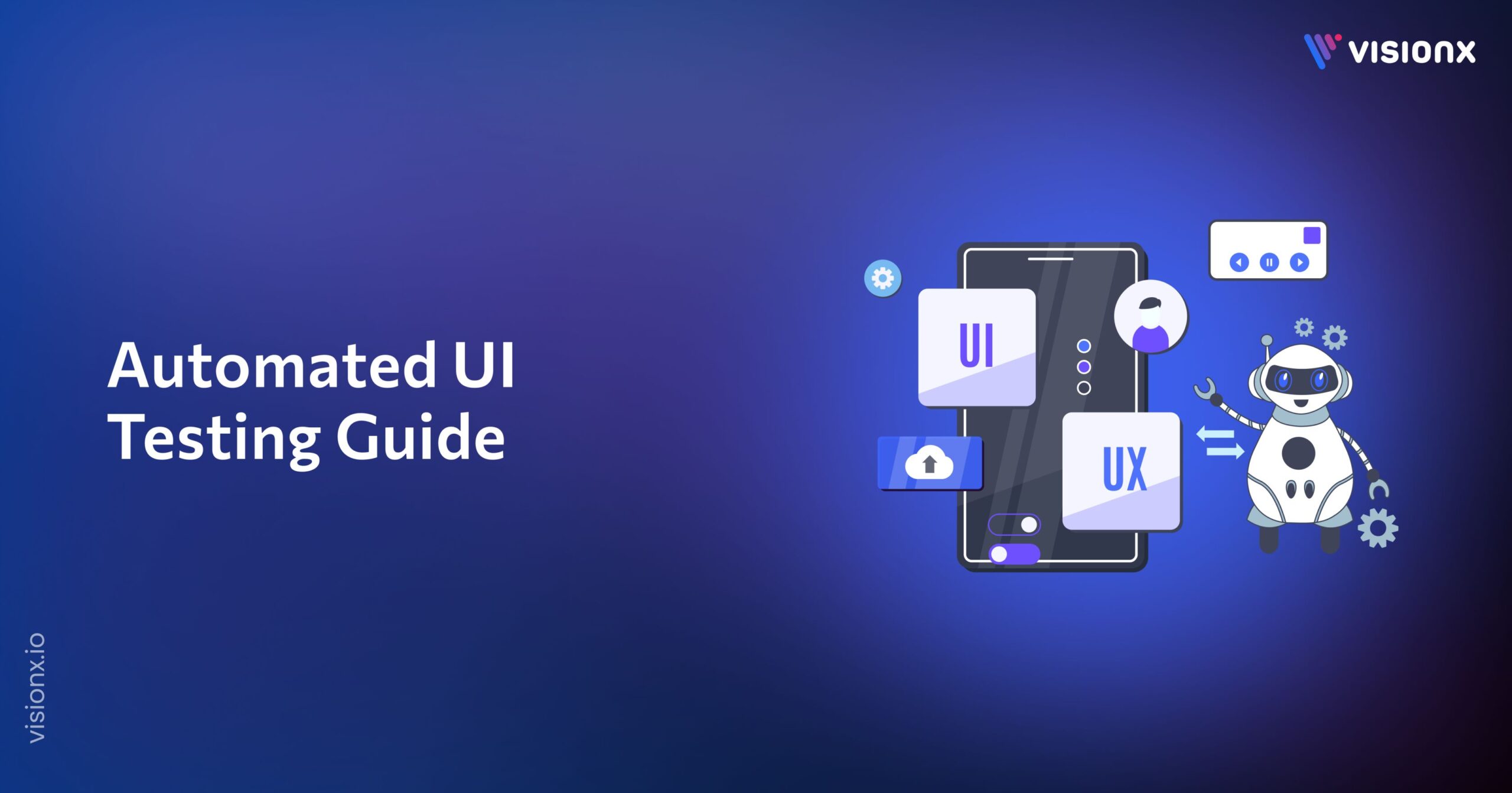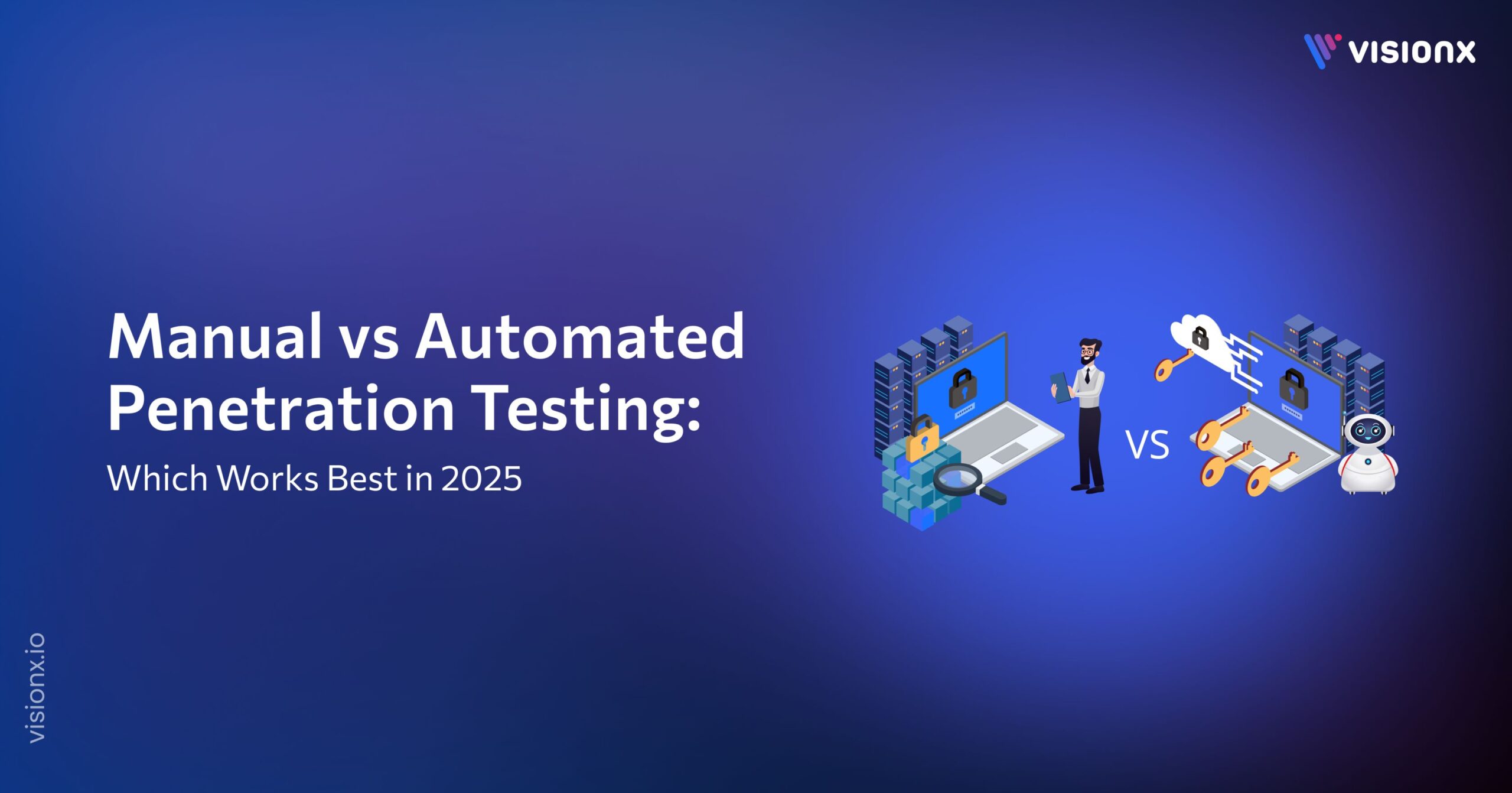A React Native IDE is a software development environment designed to develop React Native applications. It is the central hub where developers can write, test, debug, and optimize their code.
Why do you need a React Native IDE?
- Efficiency: React Native IDEs come equipped with features like auto-completion, code highlighting, and intelligent error checking, which significantly improve coding speed and accuracy.
- Debugging: These IDEs offer robust tools that help identify and rectify issues in real-time, saving developers precious debugging time.
- Cross-Platform Compatibility: React Native IDEs are designed to facilitate cross-platform mobile app development, allowing developers to write code that works seamlessly on both iOS and Android platforms.
- Third-party Integration: They often integrate with popular third-party libraries, making it easier to incorporate functionalities such as animations, navigation, and state management.
What are the benefits of using a React Native IDE?
- Enhanced Productivity: React Native IDEs automate repetitive tasks, reducing the need for manual coding and enabling developers to focus on the creative aspects of app development.
- Code Quality: These IDEs enforce coding standards and best practices, ensuring the resulting codebase is clean, maintainable, and less prone to errors.
- Team Collaboration: React Native IDEs often support version control systems like Git, facilitating collaborative development among team members.
- Performance Optimization: They offer tools to analyze and optimize app performance, helping React Native developers create apps that run smoothly and efficiently.
Factors to consider when choosing a React Native IDE
- Platform Support
- Feature Set
- Community Support
- troubleshooting and learning
- Ease of Use
- Performance
- Cost
Free Best IDEs For React Native
1. Visual Studio Code
Visual Studio Code (VS Code) is a popular and highly regarded Integrated Development Environment (IDE) that has gained widespread adoption among developers, including those working with both React and React Native. It boasts a rich feature set, robust performance, and a vibrant community, making it an attractive choice for React Native app development.
Features:
- IntelliSense Code Completion: VS Code offers intelligent code completion, a game-changer for React Native developers. It provides context-aware suggestions, saving developers time and reducing the chances of syntax errors.
- Checking for Errors: Linting is essential to maintaining code quality. VS Code includes built-in support for linters, allowing developers to identify and fix code issues promptly. For React Native projects, this ensures that the codebase adheres to best practices.
- Debugging Tools: Debugging React Native applications is smooth with VS Code. It provides an intuitive debugging interface that lets developers set breakpoints, inspect variables, and step through their code, making diagnosing and resolving issues easier.
- Support for Multiple Languages and Frameworks: While React Native primarily focuses on JavaScript and React, developers often work with various languages and frameworks. VS Code’s extensibility allows for integrating tools and extensions for other languages, making it a versatile choice.
Pros:
- Lightweight and Fast
- Highly Customizable
- Large Community of Users and Contributors
Cons:
- Can Be Overwhelming for Beginners
- May Require Additional Extensions for Some Features
2. Android Studio
Android Studio is a specialized Integrated Development Environment (IDE) for Android app development, including React Native projects. Developed by Google, it offers a comprehensive suite of features and tools specifically designed to enhance the development process for Android applications.
Features:
- Built-in Emulator for Testing React Native Apps: Android Studio has a built-in emulator that allows developers to test React Native applications seamlessly. This emulator supports various Android device configurations and screen sizes, providing a realistic testing environment.
- Support for Android and iOS Development: Android Studio primarily focuses on Android development but can also be configured to support iOS development when working with React Native. This makes it a versatile choice for developers targeting both platforms.
- Powerful Debugging Tools: Debugging is a critical aspect of app development, and Android Studio offers robust debugging tools. Developers can set breakpoints, inspect variables, and analyze application performance, streamlining the process of identifying and fixing issues.
Pros:
- Good for Beginners
- Comprehensive Set of Features
- Integrated with Other Google Tools and Services
Cons:
- Resource-intensive
- Can Be Slow on Some Machines
3. Xcode
Xcode is the official Integrated Development Environment (IDE) for iOS app development and is a critical tool for React Native and flutter developers looking to target the iOS platform. Developed by Apple, Xcode offers comprehensive features and a tightly integrated development environment for building React Native apps on iOS.
Features
- Official IDE for iOS Development: Xcode is the official and primary IDE for iOS app development. It is specifically designed to cater to the needs of iOS developers, making it a go-to choice for React Native projects targeting iOS.
- Integrated Simulator for Testing React Native Apps: Xcode includes a built-in iOS simulator, which allows developers to test React Native applications on virtual iOS devices with different screen sizes and configurations. This simplifies the testing process and helps ensure app compatibility.
- Support for Multiple Programming Languages: While Swift and Objective-C are the primary languages for iOS development, Xcode supports multiple programming languages and frameworks, including React Native, through the use of third-party plugins.
- Free and Open Source: Xcode is available for free to macOS users, making it accessible to a wide range of developers.
Pros:
- Optimized for iOS Development
- Powerful Debugging Tools
- Well-Integrated with Other Apple Products
Cons:
- Only Available for macOS
- Can Be Difficult to Learn for Beginners
4. Nuclide
Nuclide is a lesser-known yet influential Integrated Development Environment (IDE) that can be employed for React Native development, among other purposes. Developed by Facebook, Nuclide offers a lightweight and streamlined development experience, making it a suitable option for developers looking for simplicity and efficiency.
Features:
- Built-in Terminal and Command Palette: Nuclide comes with a built-in terminal and a command palette, enhancing the developer’s ability to execute commands, run scripts, and navigate through the project efficiently.
- Support for Multiple Languages and Frameworks: While initially designed with a focus on JavaScript and React Native development, Nuclide is versatile enough to support multiple languages and frameworks, making it adaptable for a range of development projects.
Pros:
- Lightweight design and runs swiftly.
- Simple and user-friendly.
- Provides a gentle learning curve for newcomers.
Cons:
- Lacks Some Advanced Features.
- Not as Well-Known as Other IDEs
- Fewer available extensions and resources.
5. Expo
Expo is a unique development platform and ecosystem that simplifies React Native app development. While Expo is not an Integrated Development Environment (IDE) in the traditional sense, it offers a cloud-based development environment that streamlines the development process for React Native projects.
Features:
- Cloud-Based IDE: Expo provides a cloud-based development environment, allowing developers to create and manage React Native projects directly from their web browsers. This eliminates the need to install and configure development tools locally.
- Integrated Simulator for Testing React Native Apps: Expo includes an integrated simulator, which facilitates the testing of React Native applications without the need for physical devices. Developers can preview and test their apps in a web browser or on the Expo Go mobile app.
- Easy to Set Up and Use: Expo is known for its ease of use. Setting up a new project is a straightforward process, and it provides a simplified development workflow.
Pros:
- Convenient to Use from Anywhere
- Offers simplified development process
- No Need to Install Any Software
Cons:
- Requires an Internet Connection
- May Not Be Suitable for Complex Projects
Also Read: Free and cost-effective AI frameworks
Paid IDEs For React Native
1. IntelliJ IDEA
IntelliJ IDEA is a highly regarded Integrated Development Environment (IDE) developed by JetBrains. While it is primarily known for Java development, it provides robust support for various programming languages and frameworks, including React Native. Here, we’ll explore its features, pros, and cons when used for React Native development.
Features:
- Code Completion: IntelliJ IDEA offers intelligent code completion that speeds up development by providing context-aware suggestions and auto-completion for React Native code.
- Linting and Error Checking: The IDE includes built-in linters and error-checking tools that help identify and fix issues in real-time, ensuring that your React Native code adheres to best practices.
- Debugging Tools: IntelliJ IDEA provides powerful debugging tools that make it easier to locate and resolve issues in React Native applications. Developers can set breakpoints, inspect variables, and step through their code with precision.
- Refactoring Tools: Refactoring is simplified with IntelliJ IDEA, allowing developers to restructure their React Native code while maintaining its functionality efficiently.
- Support for Multiple Languages and Frameworks: In addition to React Native, IntelliJ IDEA supports a wide range of programming languages and frameworks, making it versatile for different development projects.
Pros:
- Powerful and Feature-Rich
- Well-Integrated with Other JetBrains Tools
- Large Community of Users and Contributors
Cons:
- Can Be Slow and Resource-Intensive
- Can Be Overwhelming for Beginners
- Not Free
2. WebStorm
WebStorm is an Integrated Development Environment (IDE) developed by JetBrains, with a strong focus on web development, including support for React Native. It offers a range of features that facilitate React Native app development, along with some advantages and limitations.
Features:
- Completion of code: WebStorm provides intelligent code completion for React Native, enhancing developer productivity by offering context-aware code suggestions and auto-completion.
- Code Analysis and Error Detection: The IDE includes built-in linters and error-checking tools that help identify and rectify issues in React Native code, ensuring code quality and adherence to best practices.
- Error Detection Tools: WebStorm offers powerful debugging tools that simplify the process of locating and fixing issues in React Native applications. Developers can set breakpoints, inspect variables, and navigate through code efficiently.
- Refactoring Support: The IDE supports various refactoring operations, making it easier for developers to restructure React Native code while maintaining its functionality.
- Support for React Native and Other Web Development Frameworks: WebStorm is designed to support a wide range of web development frameworks, including React Native. This versatility allows developers to work on multiple web-related projects within the same environment.
Pros:
- Optimized for React Native Development
- Well-Integrated with Other JetBrains Tools
- Large Community of Users and Contributors
Cons:
- Can Be Slow and Resource-Intensive
- Can Be Overwhelming for Beginners
- It is paid.
Tips for using your React Native IDE effectively
- Learn the keyboard shortcuts: Learning your IDE’s keyboard shortcuts can help you be more productive. Most IDEs have a list of keyboard shortcuts available on their website or in their documentation.
- Use code completion and linting: Code completion and linting can help you to write. Better quality code. Code completion suggests possible completions for your code while linting checks your code for potential errors.
- Use the debugger: The debugger can help you find and fix code bugs. Most IDEs have a built-in debugger that you can use to step through your code, set breakpoints, and inspect variables.
- Organize your project. A well-organized project is easier to maintain and update. Use your IDE’s project management features to organize your code into folders and files.
- Use version control. By using version control, you can keep track of changes to your code and go back to earlier versions if necessary. Most IDEs support version control systems such as Git and SVN.
- Use extensions. IDEs typically offer a variety of extensions that can add new features and functionality. There are many extensions available for React Native development, such as extensions for code completion, linting, debugging, and testing.
- Customize your IDE. Most IDEs allow you to customize the look and feel of the IDE and add and remove features using extensions. Customize your IDE to make it as comfortable and efficient as possible for you to use.
- Explore Integrated Terminals: Many IDEs have integrated terminals or command prompts. Use these terminals to run scripts, start development servers, and execute other command-line tasks without leaving your IDE.
- Learn to Navigate Efficiently: Familiarize yourself with the navigation features of your IDE. Jump to definitions, find usages, and quickly navigate your codebase using the IDE’s built-in tools. This can help you understand code relationships and make changes more confidently.
- Stay Updated: Keep your IDE and its extensions or plugins up to date. IDE updates often include bug fixes, performance improvements, and new features that can enhance your development experience.
- Take breaks. It is essential to take breaks when working on your project. Every 20 to 30 minutes, get up and walk about to prevent eye fatigue and strain.


